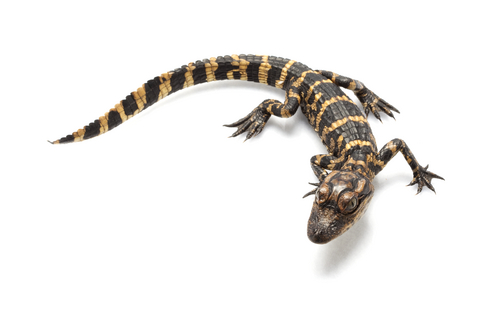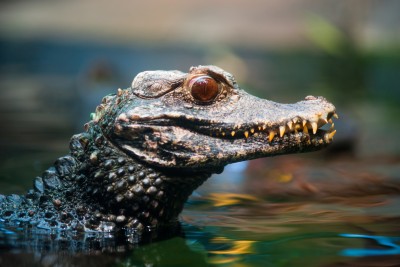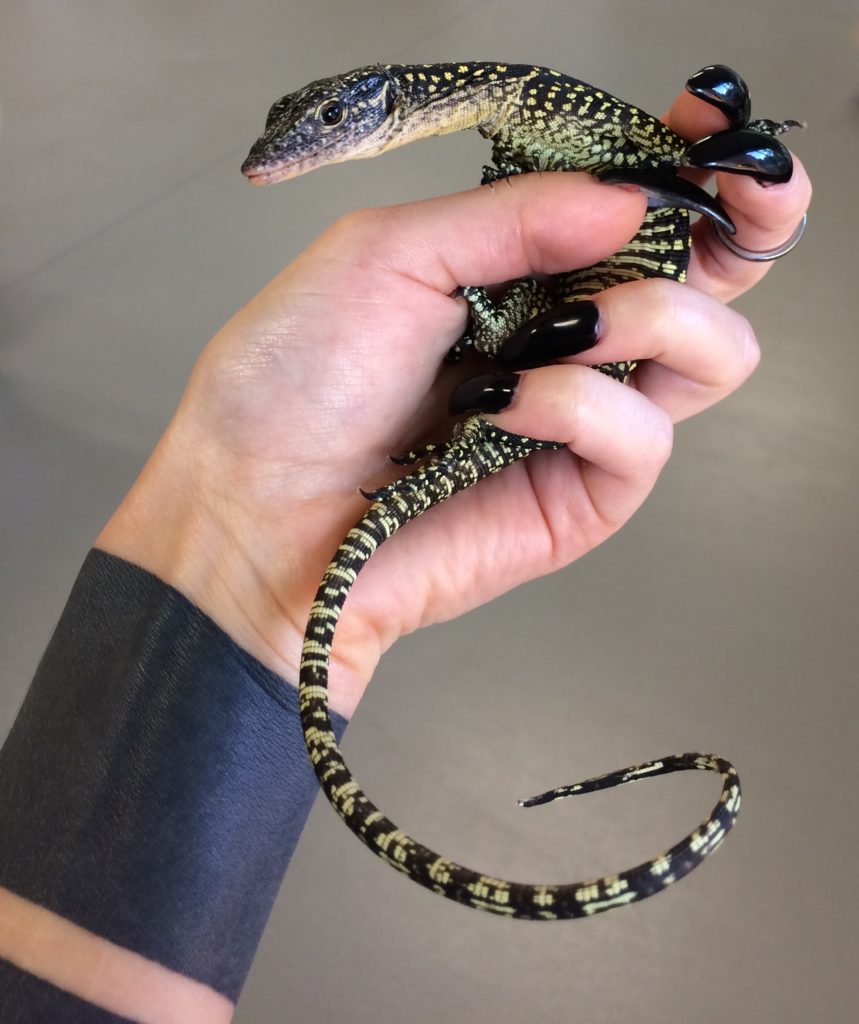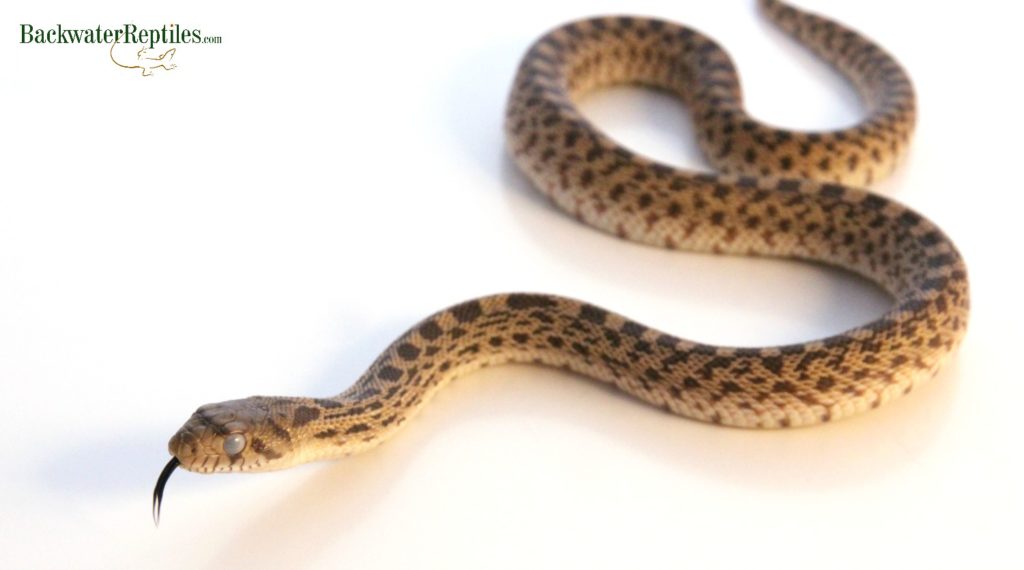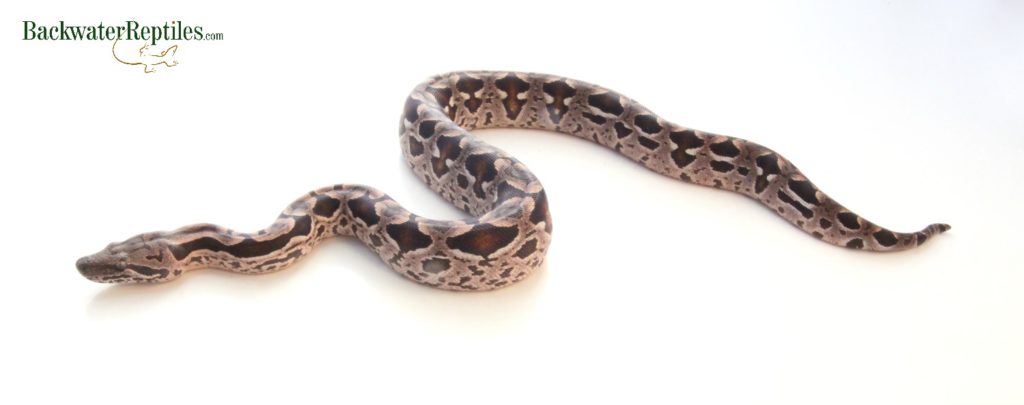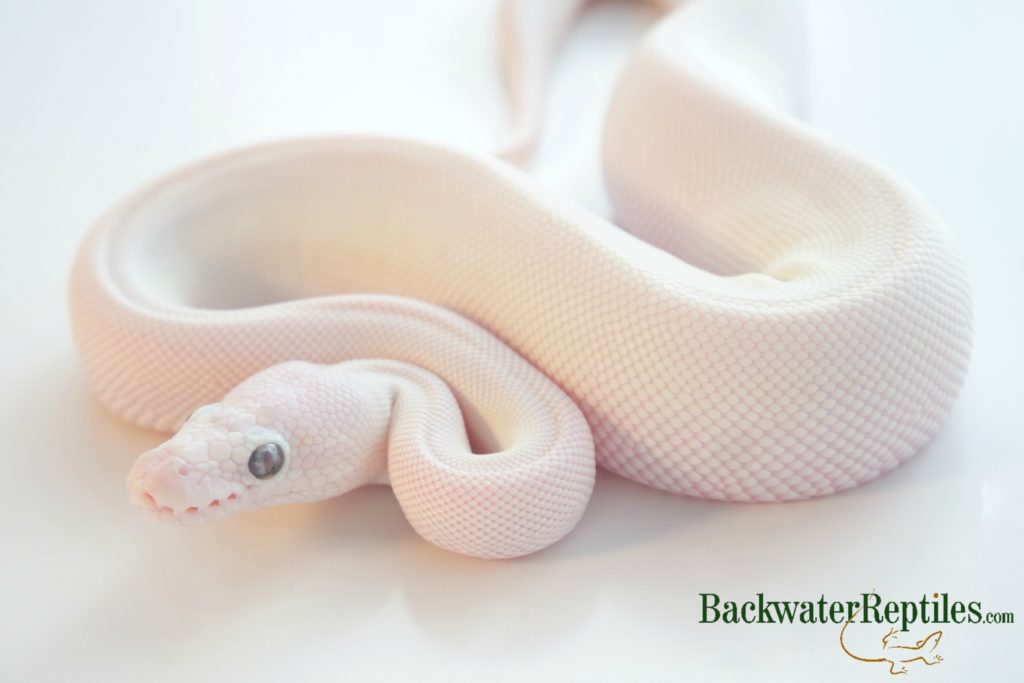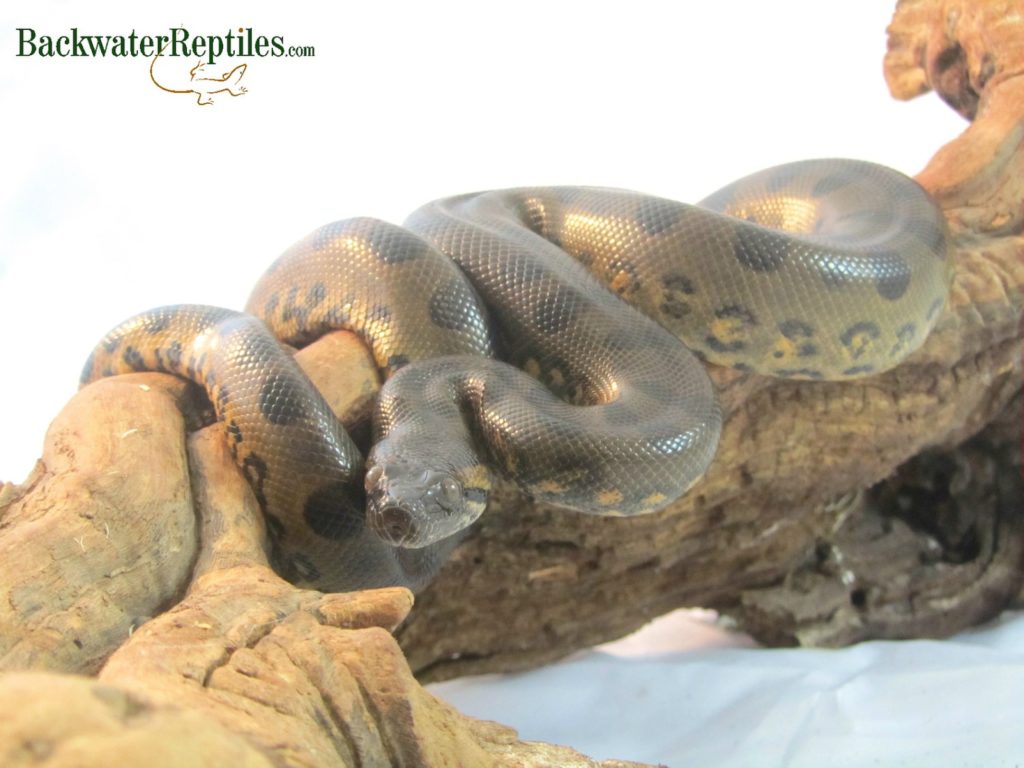One of the biggest concerns many people have with purchasing an animal of any kind online is the safety of the animal during transit. To the unexperienced, it would seem like delivering a reptile, amphibian, or invertebrate in the mail would be dangerous. However, at Backwater Reptiles, we have years of experience packaging, shipping, and ensuring safe delivery of our animal cargo.
In this article, we will explain how we go about making sure that our animals and our customers are happy.
We will answer questions such as:
Exactly how safe is it to package and ship an animal? Isn’t it risky?
How does the entire ordering process work?
What happens if the animal is unintentionally harmed during transit?
How do I know that my pet will arrive safe and sound?
How will my pet be packaged?
We’ll even include a video demonstrating our packing method so that you can see exactly how the animals are boxed up.
How safe is it to package and ship a reptile, amphibian, or invertebrate? Isn’t it risky?
The short answer to this question is that it is very safe. Although there are rare instances where an unforeseen occurrence can injure an animal during the shipping process, it is rare. Most pets will arrive safe and sound at their new home with little to no stress.
Truthfully, the types of animals sold by Backwater Reptiles are all critters with pretty hardy dispositions. Most reptiles, amphibians, and invertebrates don’t need to eat on a daily basis, so not eating for a day or night while they travel to you is nothing out of the ordinary for them.
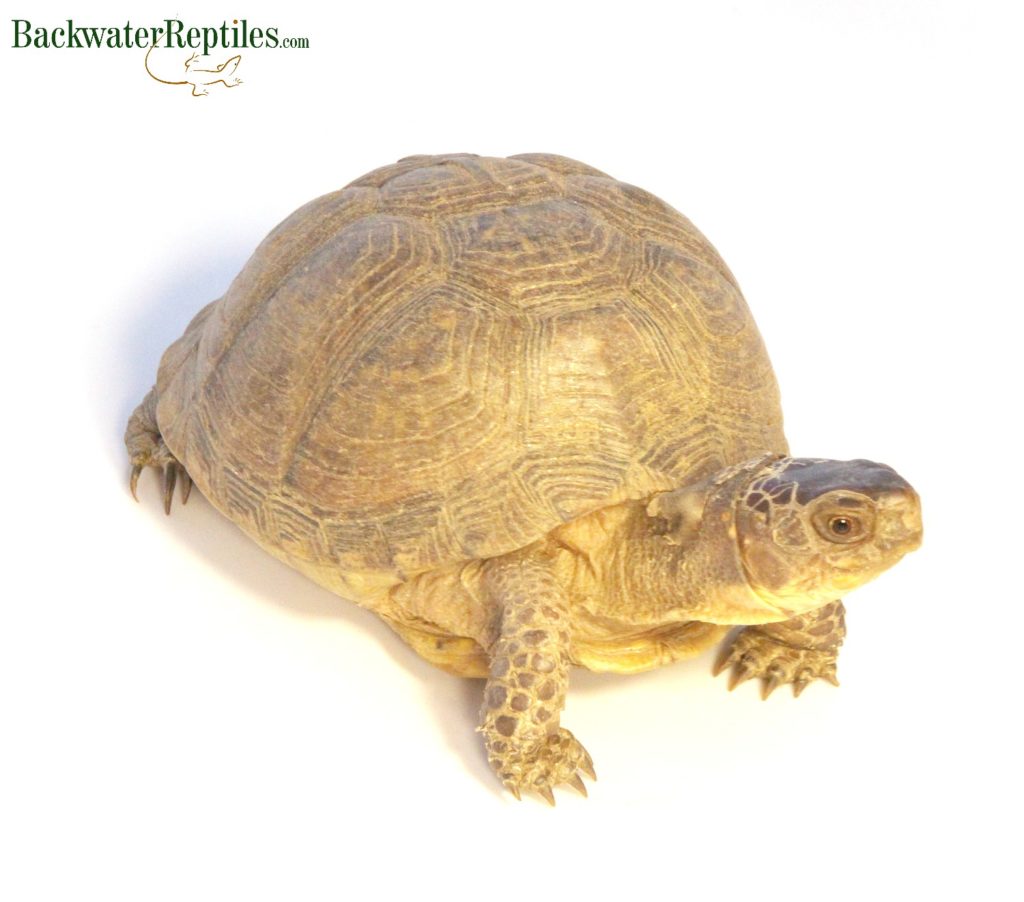
And rest assured that at Backwater Reptiles we do everything in our power to make sure that the manner in which our animals are packaged and shipped keeps them within the proper temperature and moisture range. But we’ll touch upon that a little later in the article.
The bottom line is that it is very safe to ship snakes, lizards, frogs, spiders, scorpions, and all other types of pets sold by Backwater Reptiles. In fact, ninety-eight percent of orders we send out arrive safe and sound and we’re very proud of those numbers.
How does the entire ordering process work?
Our ordering process is very straight forward and simple. It’s not really that different from ordering anything else online.
You can browse www.backwaterreptiles.com by the type of animal you’re looking for. For instance, we have a section for lizards, snakes, toads, frogs, spiders, etc. Each of these categories is further divided into specific species categories. The lizards section contains species tabs such as geckos, iguanas, and chameleons. The snakes section contains species tabs such as boas, pythons, and corn snakes. We like to make browsing as uncomplicated and easy as possible.
You also have the option to use the Backwater Reptiles website’s search feature. This is useful if you have a specific species name or even a scientific genus and species you’re looking for.
One you’ve located the pet you wish to purchase, simply add it to your cart. Generally, you can also purchase all the needed supplies and accessories for any given type of animal on that specific animal’s “for sale” page. For example, on each chameleon for sale page, you can scroll to the bottom of the page and add a chameleon kit to your order.
What happens if you have a question? What if you have a gender request, size request, or even color request for any given animal?
All you need to do if you have a question of any kind before placing your order is email our hard-working customer service team. They work full-time to ensure that all your questions are addressed. After all, we do want you to be one hundred percent satisfied with your order!
We would like to mention that the main difference between ordering a living creature and ordering any other product online is that we require our carriers to obtain a signature from the recipient of the animal to ensure that it was delivered in a timely, efficient, and secure manner. So check out our shipping schedule when you place your order and make sure that you are ordering for delivery on a day when someone will be present to sign and accept the animal.
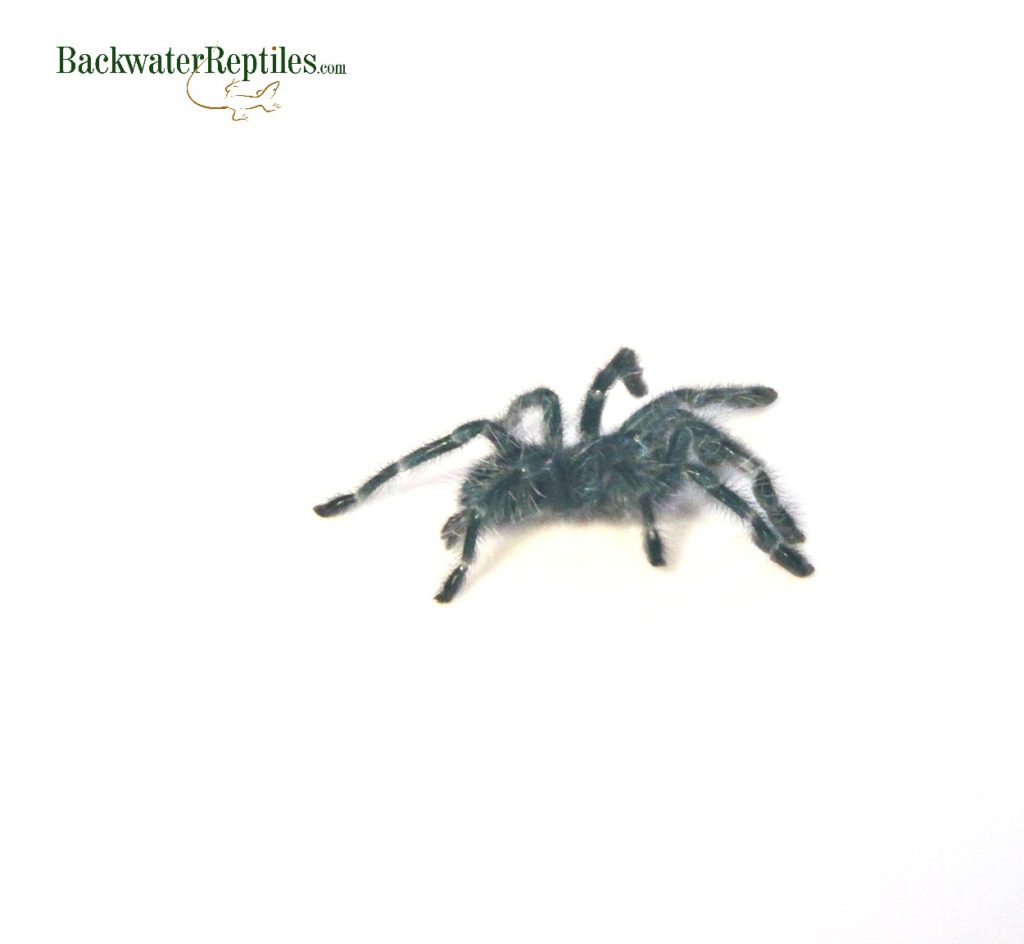
How do I know that my pet will arrive safe and sound?
While we can’t guarantee with one hundred percent certainty that all will go exactly as planned during the shipping process for every single order placed, at Backwater Reptiles we take every precaution to ensure that each and every animal that we ship out is packaged with care and attention to detail.
When packing a shipment, we take into consideration everything from the external temperature in our location to the temperature of the animal’s final destination. We also make sure that each animal is packed in an appropriately sized container with the correct amount of air circulation.
Furthermore, we clearly and distinctly label each and every box with a stamp that indicates that there is a live animal inside. This helps make sure that the carriers are gentle with the boxes and therefore makes the journey safer for the animals.
All animals that depart from the Backwater Reptile facility are sent out using overnight shipping. This means that the animal is transported quickly and with minimal stress. Although most of the animal we ship don’t mind being in a small space for periods of time, we do like to make sure that they get to their destination as quickly and efficiently as possible. Most will depart our facility in the morning before or around noon and arrive at your doorstep the following morning.
Using overnight shipping not only means that your pet arrives quickly, it means that you receive up to date tracking information that allows you to follow the progress of your pet and make sure that you are home to sign for it. While being able to sign for the animal on the first attempt is ideal, most FedEx and UPS facilities will hold the animal for pick up at your convenience. If you do happen to miss your delivery window for any reason, we do highly recommend retrieving the animal as soon as possible to avoid stress or injury from occurring.
What happens if my pet is unintentionally harmed during transit?
It’s beneficial to all parties involved if the animal arrives at its new forever home safe, sound, and without incident. However, there are unfortunate times when animals will arrive either injured, ill, or dead on arrival (DOA). And while nobody wants to have to deal with the heart ache or hassle of such an occurrence, just know that at Backwater Reptiles, we take good care of our customers and we will do everything to make sure that you have a good experience with us.
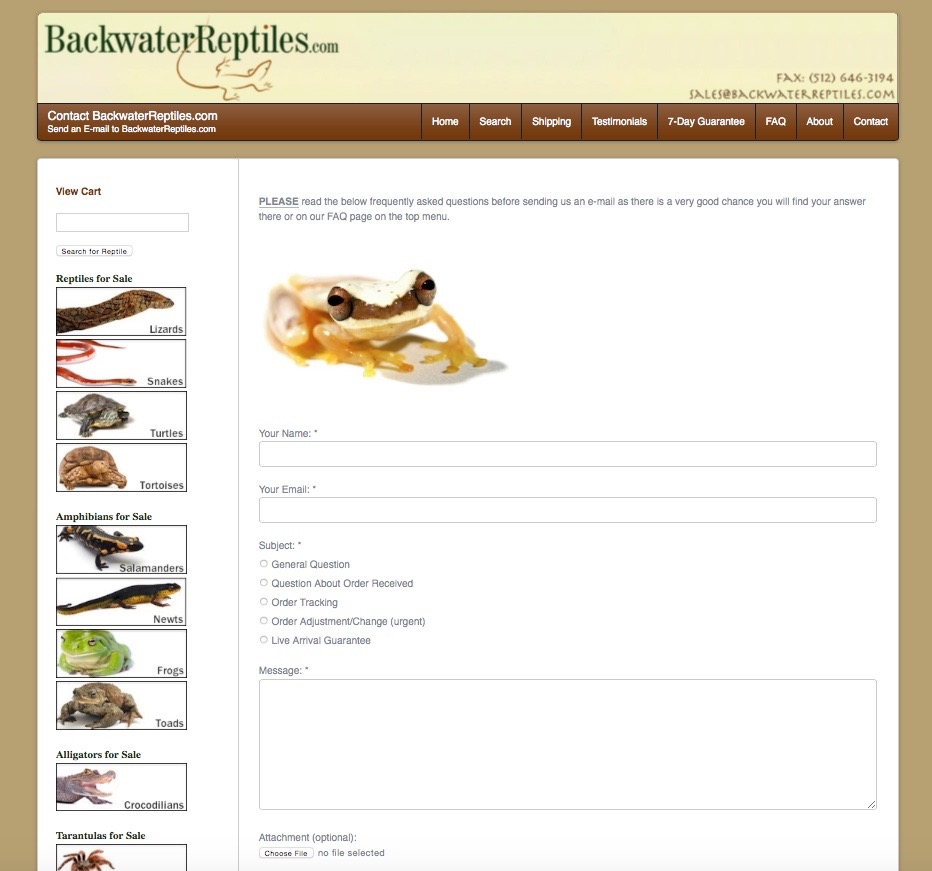
We also think it’s worthwhile to mention that we have a shipping success rate of ninety-eight percent, which means that only two percent of all orders sent out have any issues. We’re very pleased with this statistic because it means that our animals are treated well, our customers are treated well, and we can rest easy knowing that we do and will continue to do everything within our power to be humane and ethical when delivering our beloved critters to their new forever families.
Because we do offer a live arrival guarantee PLUS an extended seven day warranty on all animals ordered from us, if you do ever happen to have something go wrong with your order, the process of either getting a refund or a replacement animal is very straight forward. All you have to do is email our customer service team and tell them your situation. They are fully equipped and ready to address your concerns and want to make the process go as smoothly as possible.
How will my pet be packaged?
Packing and prepping an animal to be mailed is not as simple as putting a frog in a box. It requires a bit of planning and careful placement and organization. After all, you don’t want your pet bouncing around inside a box or getting too cold, too wet, or too hot.
Most animals sold by Backwater Reptiles are small enough to fit inside small plastic cups with breathing holes. Most hatchling snakes, invertebrates, amphibians, and small lizards fall into this category. However, sometimes reptiles that are too large (i.e. some iguanas, some mature snakes, and other adult animals) will be sealed inside a breathable bag for transportation. No matter what temporary container your new pet is inside of, we make sure that said container is placed comfortably but securely within the shipping box to minimize movement and jerkiness.
Styrofoam inserts are placed on all sides of the box to not only secure the container from moving around, but also to create additional insulation. The styrofoam helps maintain the desired temperature within the box.
Whether or not a heat or cool pack is included inside your new pet’s shipping box depends on several factors – namely, the local temperature at our facility and the temperature at the animal’s final destination.
For instance, because the Backwater Reptiles facility is located in Northern California, our summers can get into triple digit temperatures. This means that even if the animal’s destination is somewhere cold, we can’t include a heat pack to keep the animal warm because it would overheat while in transit from our location. It’s a balancing act taken case by case, and usually we choose to take into account the most extreme temperature situation at either the departure location or the destination and compensate for it.
We will also take temperature into account when poking air holes in the actual shipping box itself. More holes does allow for more air flow, but it also allows the temperature exchange to occur more quickly. So, for instance, if the exterior temperatures are very cold and we’ve packed the animal with a heat pack to compensate, it doesn’t make sense to poke a ton of air holes in the shipping box because it allows all the heat created by the pack to escape. There’s no need to fret though – the boxes themselves aren’t sealed to the point of preventing proper air circulation, so your new pet will not suffocate.
All of our shipping boxes are also properly labeled to help the FedEx and UPS carriers understand that there is a live animal inside. Not only are the boxes labeled as such, but we use a special “LIVE ANIMAL” stamp to add extra security.
All you have to do once your new pet arrives is crack the tape seal on the box, open and remove your critter! Most animals will need anywhere from a day to a week to feel at home in their new enclosure and to begin eating, drinking, and functioning as normal.
Below is a video demonstrating the details of how we package each animal. The video does go over much of the same information that’s listed above, but it’s a useful visual representation for those who prefer watching a video over reading.
Conclusion
We hope that this blog article has helped make you comfortable with the process of ordering a living animal online.
Our goal is to show current, past, and future customers that delivering animals through the mail is safe. Even if something does go wrong in transit, Backwater Reptiles will do everything to make sure our customers are happy by either offering a replacement animal or a refund.
We also have the best live arrival and warranty terms of any online reptile vendor!
If you have any questions or concerns that were left unanswered by this article, feel free to ask them in the comments section.



